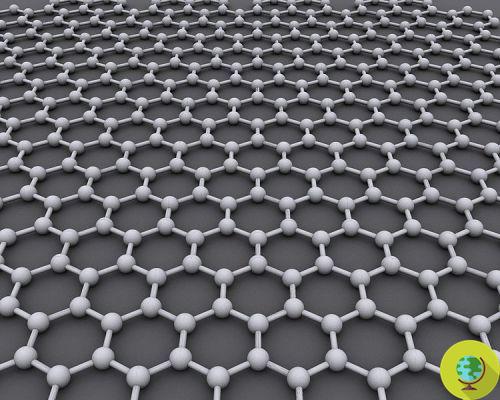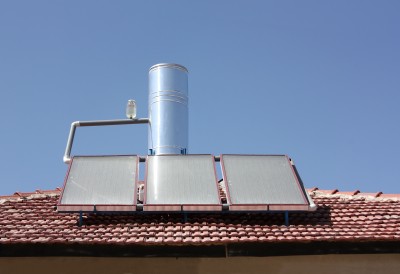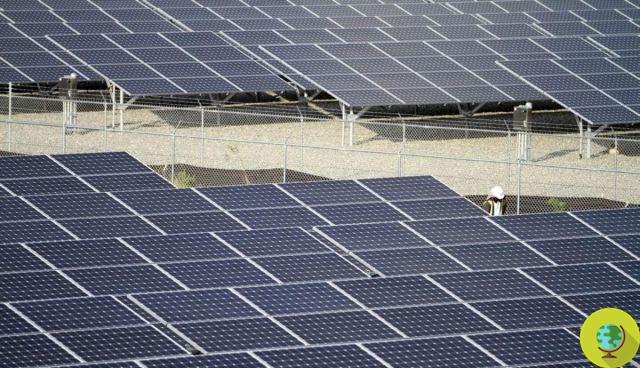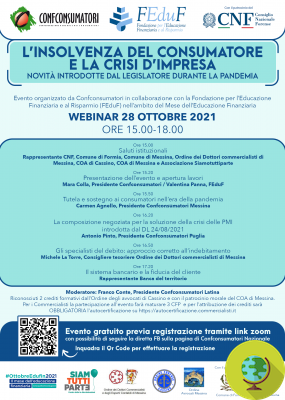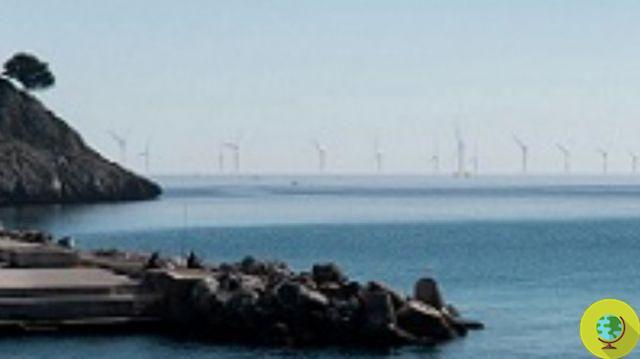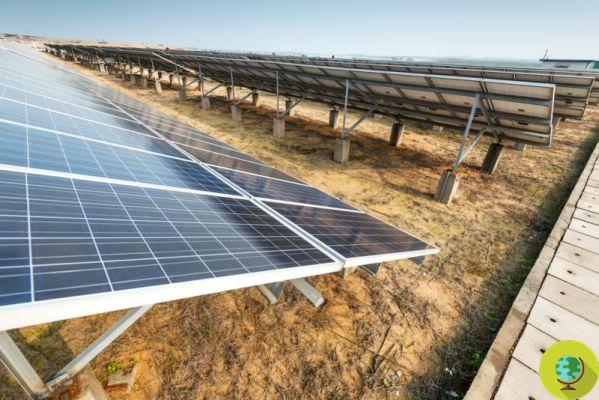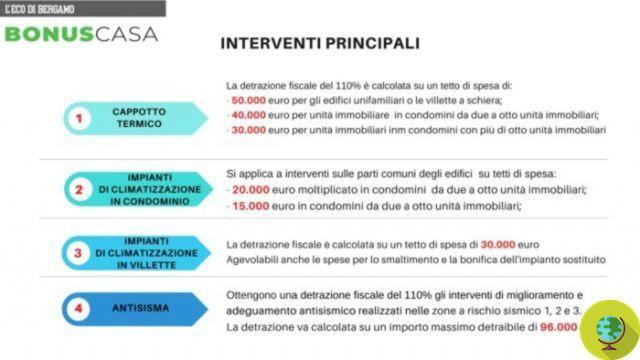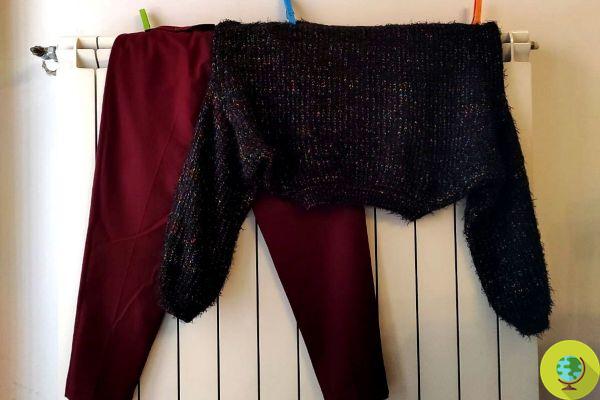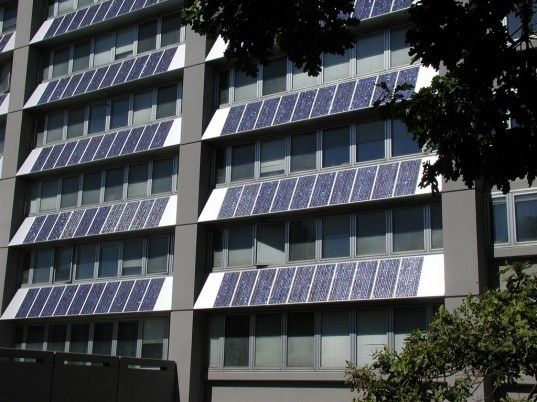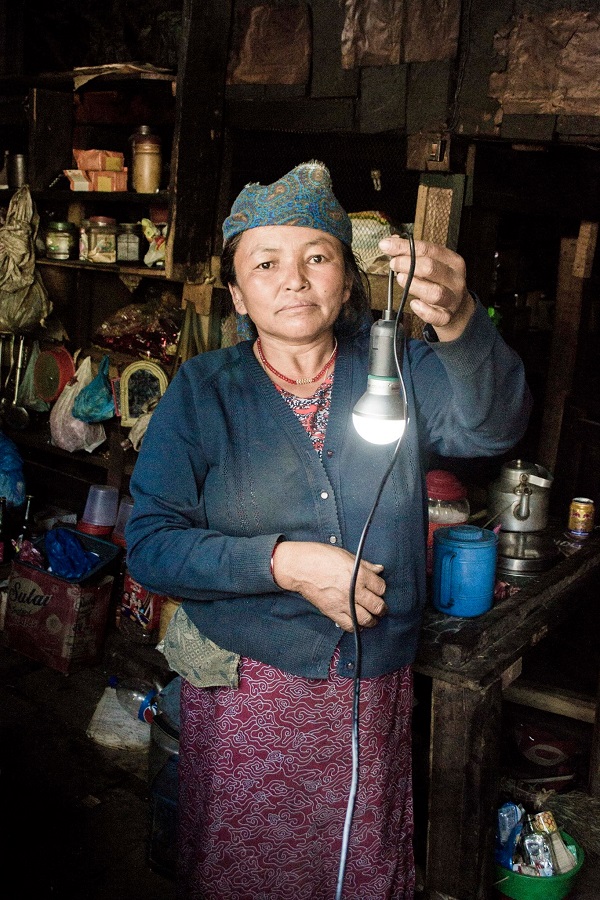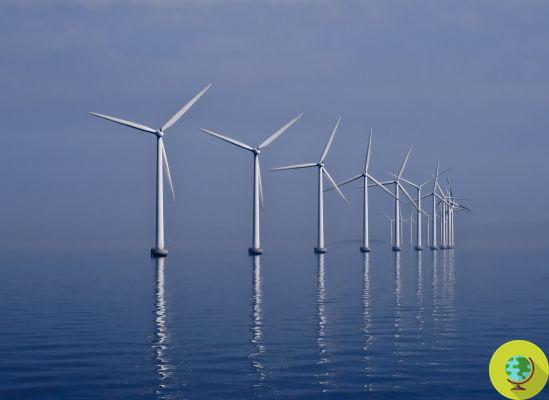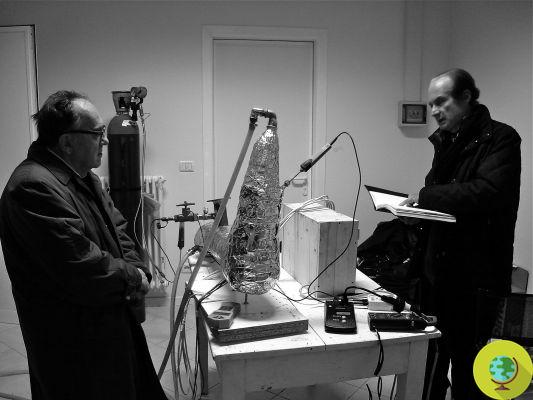The first plant solar cells arrive from MIT, made from waste and able to produce energy by absorbing sunlight
He is about to end up run over, his mother saves himWhat's greener than a Solar Panel? A vegetable solar panel made from cut grass! And we have an international team of researchers to thank if in the not too distant future celle photovoltaic can be realized through the waste plant materialmaking it a cheap and clean alternative to traditional solar cells.
In particular, the idea of using what Mother Nature offers us to meet our energy needs, while respecting the environment, belongs to the researcher of the MIT, Andreas Mershin, which has taken over a project started eight years ago by Shuguang Zhang, scientist and associate director of the MIT Center for Biomedical Engineering.
In his original work, Zhang had managed to put together a complex of molecules known as photosystem-I (PS-I), i.e. small structures within the plant cells that carry out the photosynthesis. At that point, together with his colleagues, he used the PS-I of the plants, chemically stabilized and placed to form a layer on the glass that could - like a conventional photovoltaic cell - produce electric current when exposed to light.
This system, at first, had highlighted some difficulties since the assembly and stabilization of the chemicals necessary for the process required sophisticated and expensive laboratory equipment. Furthermore, the first solar cell realized was rather weak: his efficiency in fact it was too low to guarantee a positive balance in energy terms.
But today, according to reports the same Mershin in a note, the process has been simplified to the point of being able to create the special cell in each laboratory, allowing researchers around the world to begin exploring the process and making any improvements.
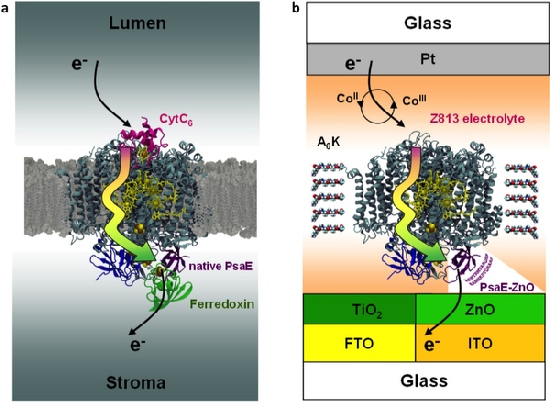
And we must be happy since compared to the first attempt, the latter seems to have gone much better. The efficiency of the new system is 10.000 times higher than the previous version, although there is still room for improvement.
The key to achieving this huge improvement in efficiency, according to the scholar, was to find a way to expose more of the PS-I to the sun. Zhang's previous work had simply produced a thin layer of material.
So, as he himself explained, inspired by the way in which the pines get the light, in the darkness of the woods, Mershin decided to "create a forest on a microscopic chip".
In addition to the advantages in terms of environmental sustainability and energy supply, a further point in favor of plant cell is to be able to help even the populations of villages where still the light is a mirage. These populations, in fact, could use the agricultural waste, worthless, as a raw material. In a few years, according to Mershin we will say goodbye to kerosene, still today “the most widespread source of illumination in such places”.
Babak parviz, associate professor of electrical engineering at the University of Washington and specializing in bionanotechnology, added: “It is a big step towards integrating biomolecules for the construction of solar cells and it holds great promise for the creation of organic photovoltaic cells that can use biologically (naturally) produced nuclei. "
The research was published on Nature.







